Small business owners know the value of a high ranking in Google. Intuitively, they know that a large percentage of online interactions start with a search engine. Research shows it’s actually 93%.
Statistics aside, small business owners all know of a friend who has high Google rankings and has seen their business balloon. And that is the dream for most business owners: to find predictable revenue sources with a consistent flow of new customers. To gain new customers, you need lead generation sources which are reliable.
Google remains the dominant player in the search engine market. Many believe their market share to be at near monopolistic levels. Yahoo and Bing have been unable to mount a significant competitive attack, which means that digital marketing strategies will remain Google-centric for quite some time.
In this article, we will outline very practical ways any small business owner can transform their blog into a traffic magnet by adjusting the factors that Google uses to rank and paying attention to quality and conversion.
Write Longer Blog Posts
The first adjustment most small business owners need to make revolves around the length of their blog post. It is very common to let a blog become outdated and forget to post new content on a regular basis. Most business owners are simply too busy with the day-to-day operations of their business to focus on blog content creation. This makes blogging an excellent candidate for outsourcing to a digital marketing firm.
However, not all blog posts are created equally. Research shows that the average page one ranking has at least 1,500 unique words. Ultimately, blogs have gotten much longer over the last few years.
And length alone does not make for a good post. Page one rankings are full of information that is actually helpful to the end user. This requires research, statistics, and useful concepts that will answer a specific question.
You will also notice that blog posts contain more images than they used to. Visual representation of statistics is an excellent way to keep users on your page long after they’ve grown tired of reading the words.
Finally, you will notice that many blog layouts are much more clutter-free. Right-hand navigations have been removed, line spacing is bigger, and font type has generally grown.
Every Post Needs Backlinks
Even with all of these changes in your blogging habits, you need to know that over 2 million individual blog posts are contributed to the internet each day. Your well-crafted prose is simply a drop in the bucket of the internet.
To make your content stand out in the crowd and actually be found in the search engines, you need to have backlinks to every specific page that you’ve published.
Many search engine optimization professionals claim that link building is a thing of the past, but nothing could be further from the truth. Again, the data shows us that page one rankings have specific backlinks to specific pages, with well-formed anchor text, from authoritative domains.
Small business owners need to be prepared for the hard work of promoting a blog post after it’s been created. If this sounds daunting, that’s because it is. Again, outsourcing your SEO is an excellent idea for busy professionals who don’t have time to see the marketing through.
If you do go It alone, know that not all links are created equal. The diagram below is a handy chart for understanding the various aspects that define a strong backlink to your website.
Domain authority, sometimes called domain rating, is a convenient number that will give you an idea of the overall strength of a website that links to you. Page authority is much more specific to the page where your link exists on that website. Page authority can vary greatly among different pages of a domain, with the homepage generally being the strongest page on the website. Anchor text is also critical as it is the English words that Google uses to determine which keywords your site should rank on.
Use Social and Email to Amplify
The third strategy small business owners need to consider is tight integration between social media and email marketing. Maximizing the reach of your content should be a primary objective as it brings readers to your website, generates farther reach as they share your blog post, and gives you a chance at landing organic backlinks.
Email remains a preferred communication route for most professionals.
Small business owners who are not generating an email list passively on their website are missing a critical opportunity. Pop-ups are an excellent technology that have seen a resurgence in the last year as marketers have realized that end users are often willing to surrender their email address in return for a free giveaway, white paper, or other barter.
Social media offers the same opportunity for rapid distribution of your content to an audience that will receive it favorably. A well-maintained social media profile will also build passively over the months until a significant audience can be reached with each new blog publication.
Retargeting with PPC
A final strategy for maximizing your search engine optimization campaign is to include PPC retargeting. While many will view this as a PPC strategy, it is important to make sure your marketing activities are not siloed and work well together.
PPC retargeting is a technology offered by Google ads, and others, where users who first visit your website are tracked via an encrypted cookie. As these users browse around the internet and encounter other websites in Google’s advertising network, they can be selectively shown advertisements bringing them back to your website.
Retargeting can be quite economical for small businesses because ads are only shown to a very small audience who have previously visited your website. Many marketers build this audience based on traffic that originated through organic channels. Following the first touch attribution model, if PPC remarketing brings that customer back to the website, the conversion is ultimately considered an organic sale.
Conclusions
Small business owners need to really understand the value of high rankings in Google and see this channel as a lucrative method for growing their customer base. However, many lack the skills to put together a well-coordinated digital marketing campaign. By focusing on the unique content of much longer length and better quality, a stronger user experience can be created. Backlinks are still required to make sure Google ranks the material. Syndicated content via email marketing and social media channels is an excellent way to maximize reach. And using PPC retargeting will drive up your overall organic conversion, helping boost the return on investment from this critical digital marketing strategy.

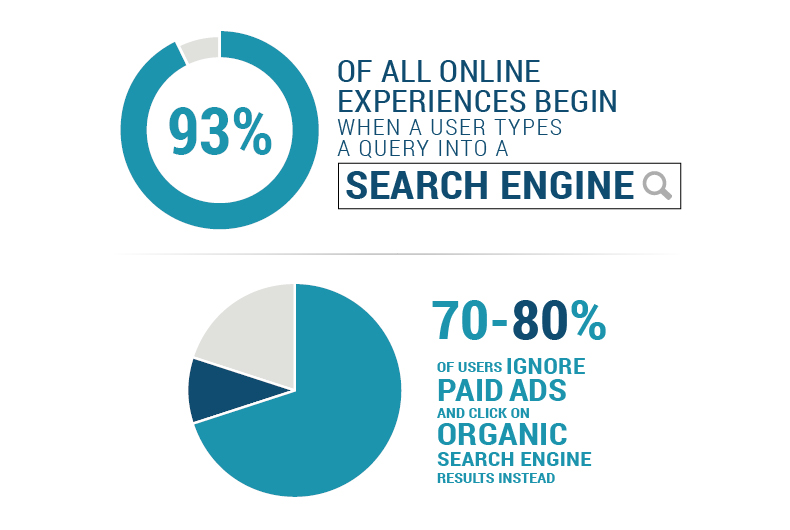
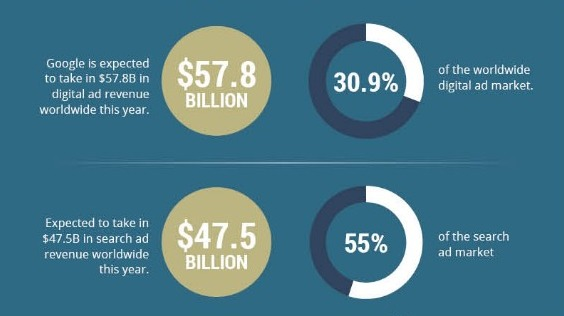
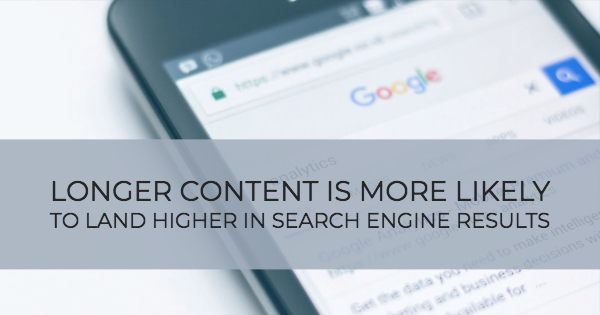

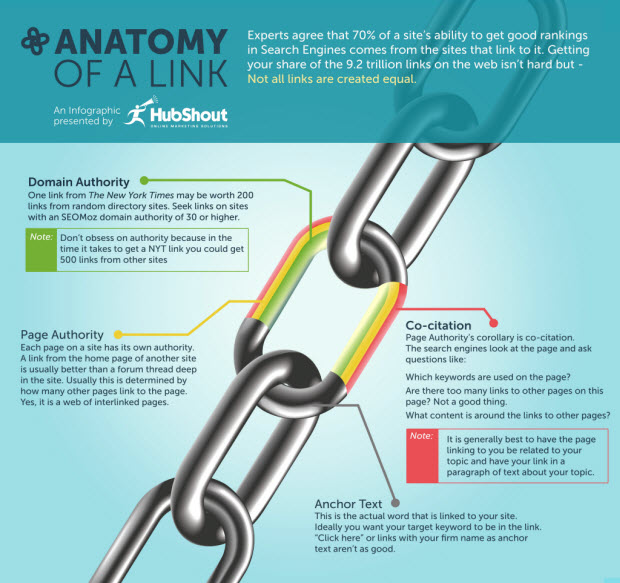
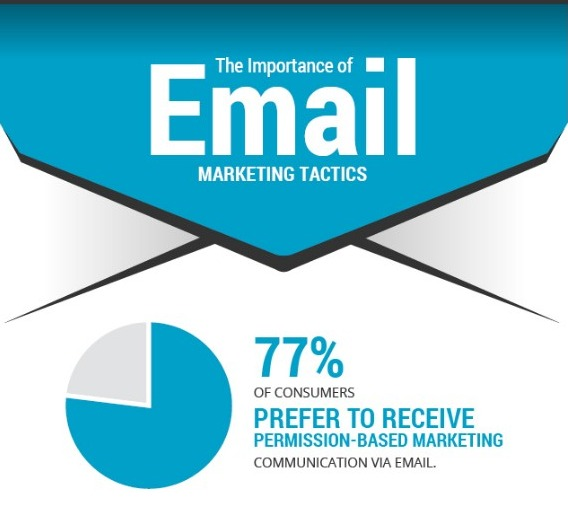
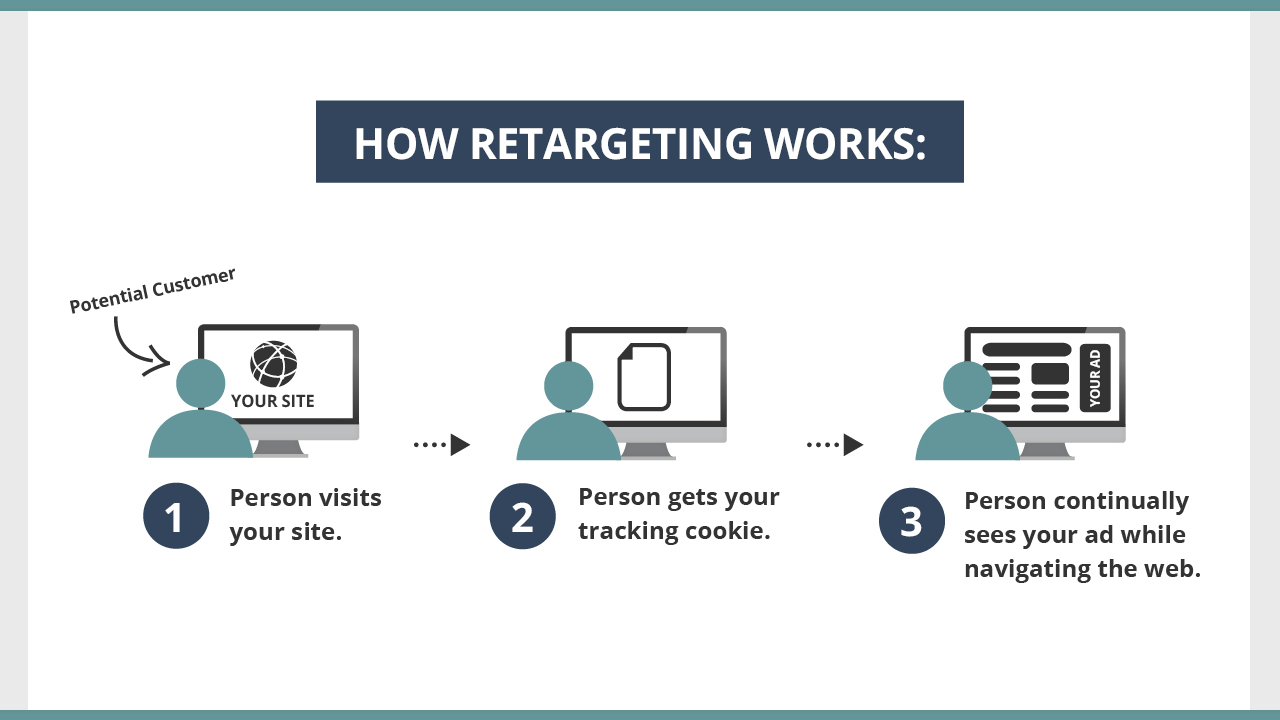
You can also stay updated by subscribing to iTechCode.